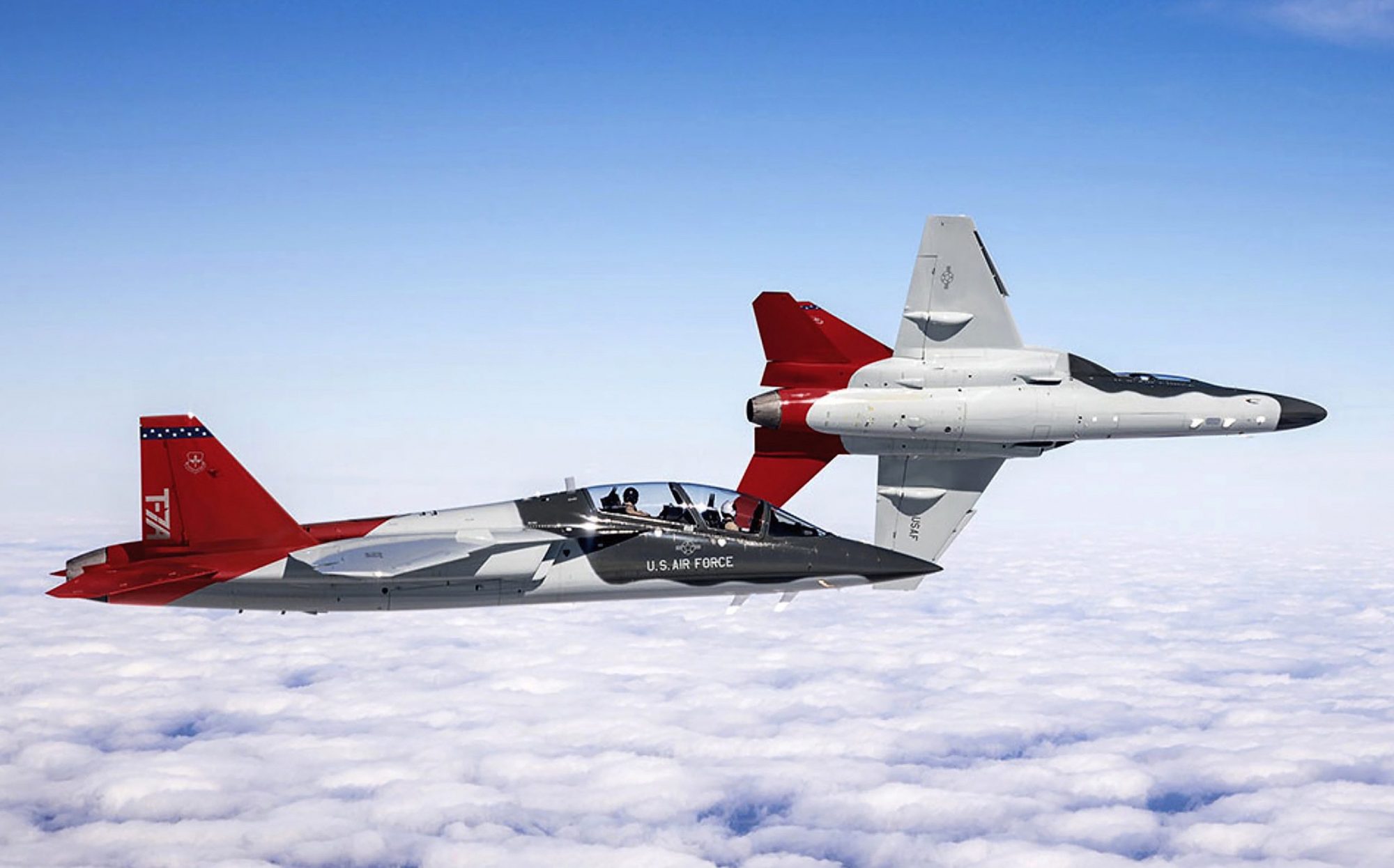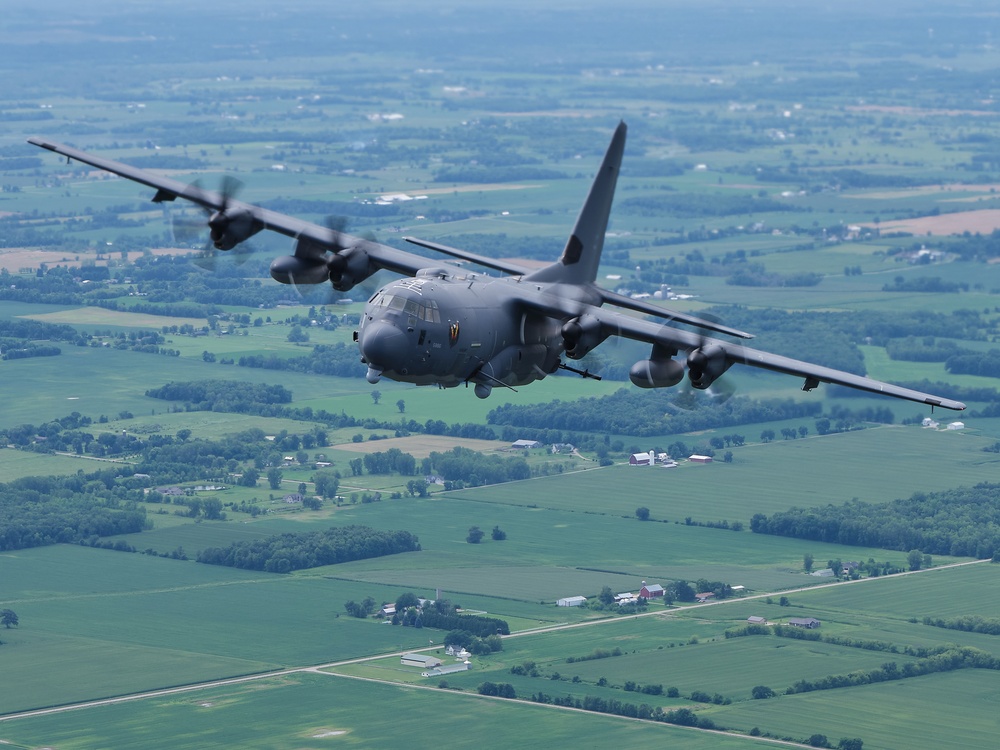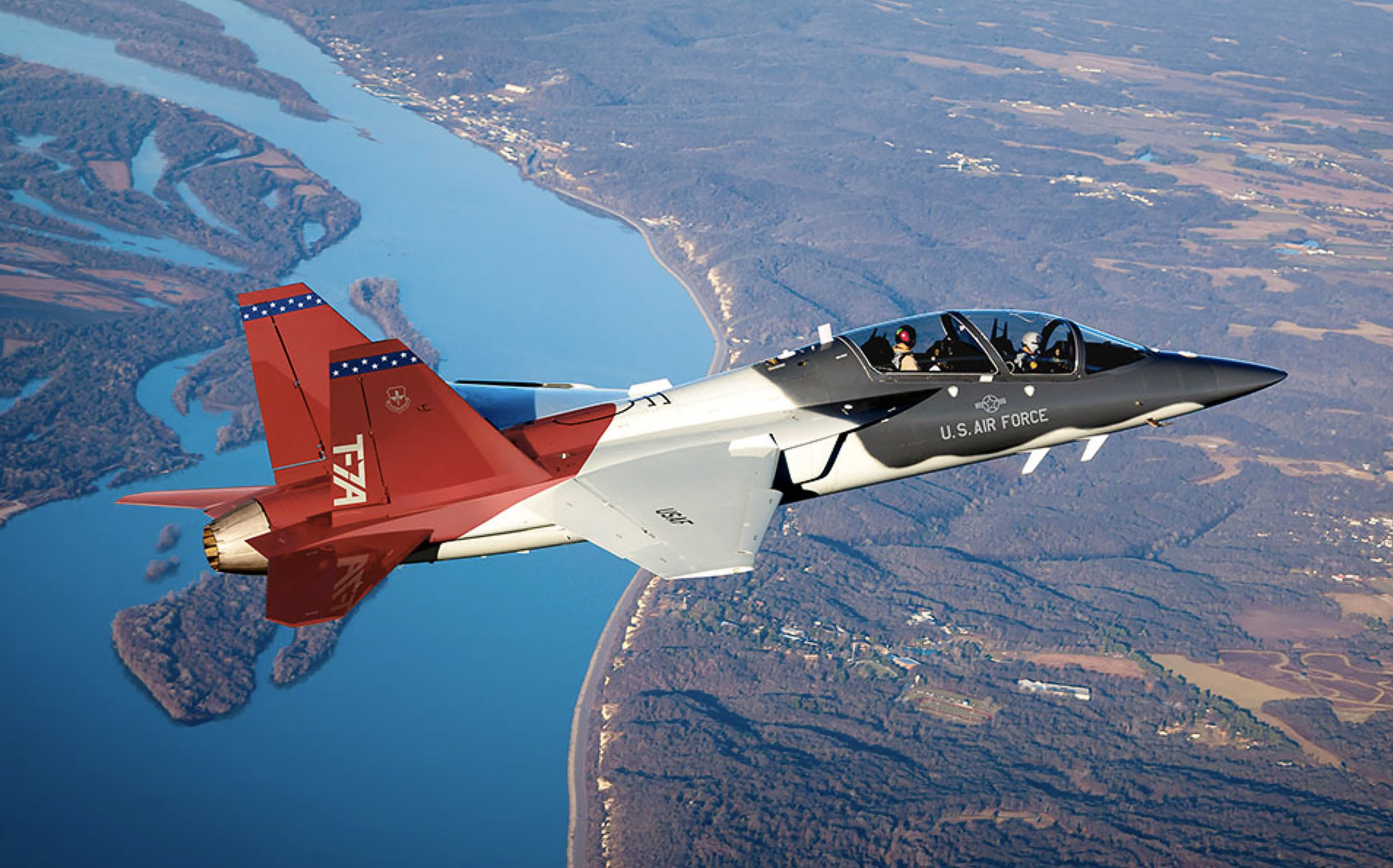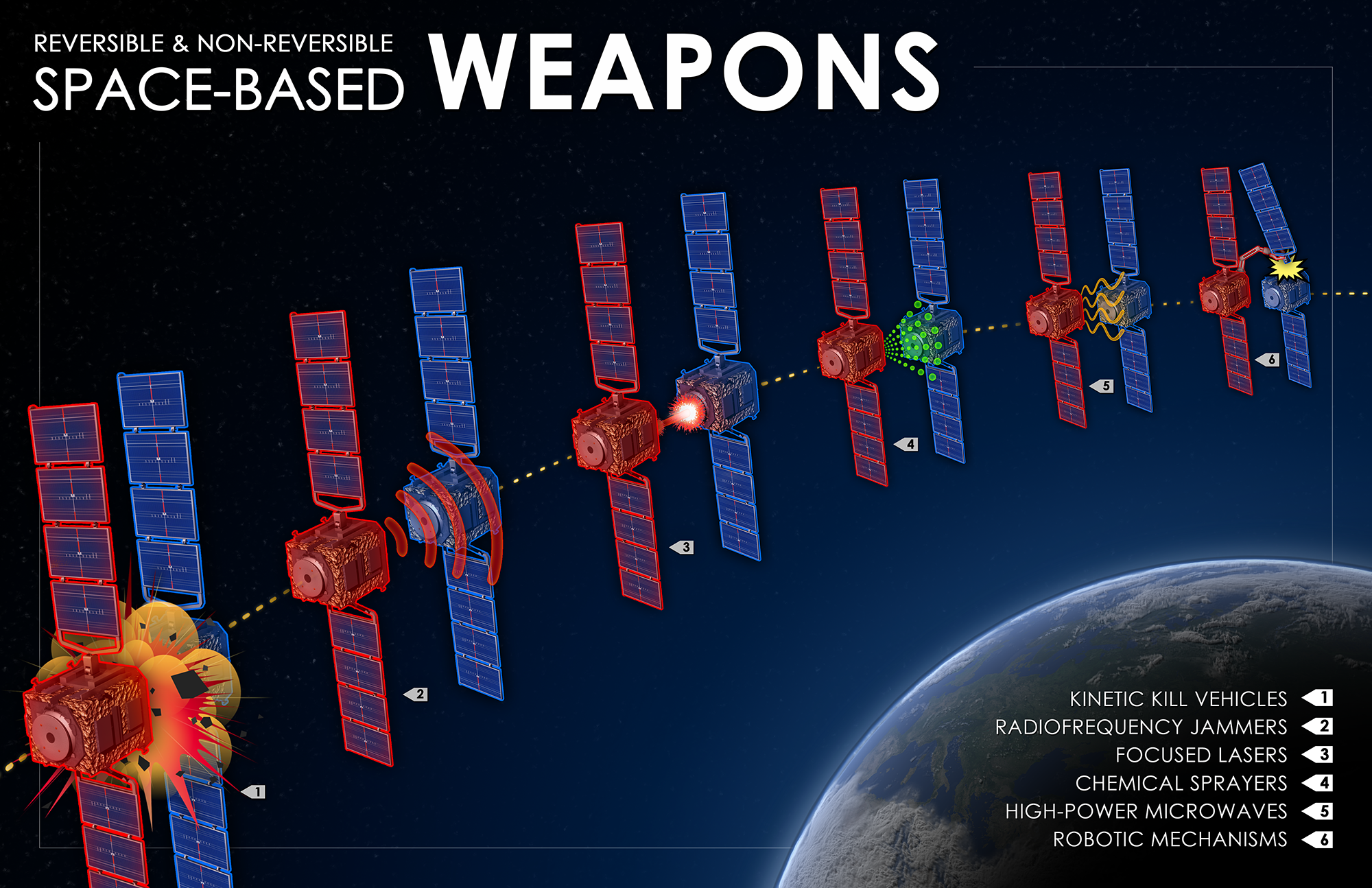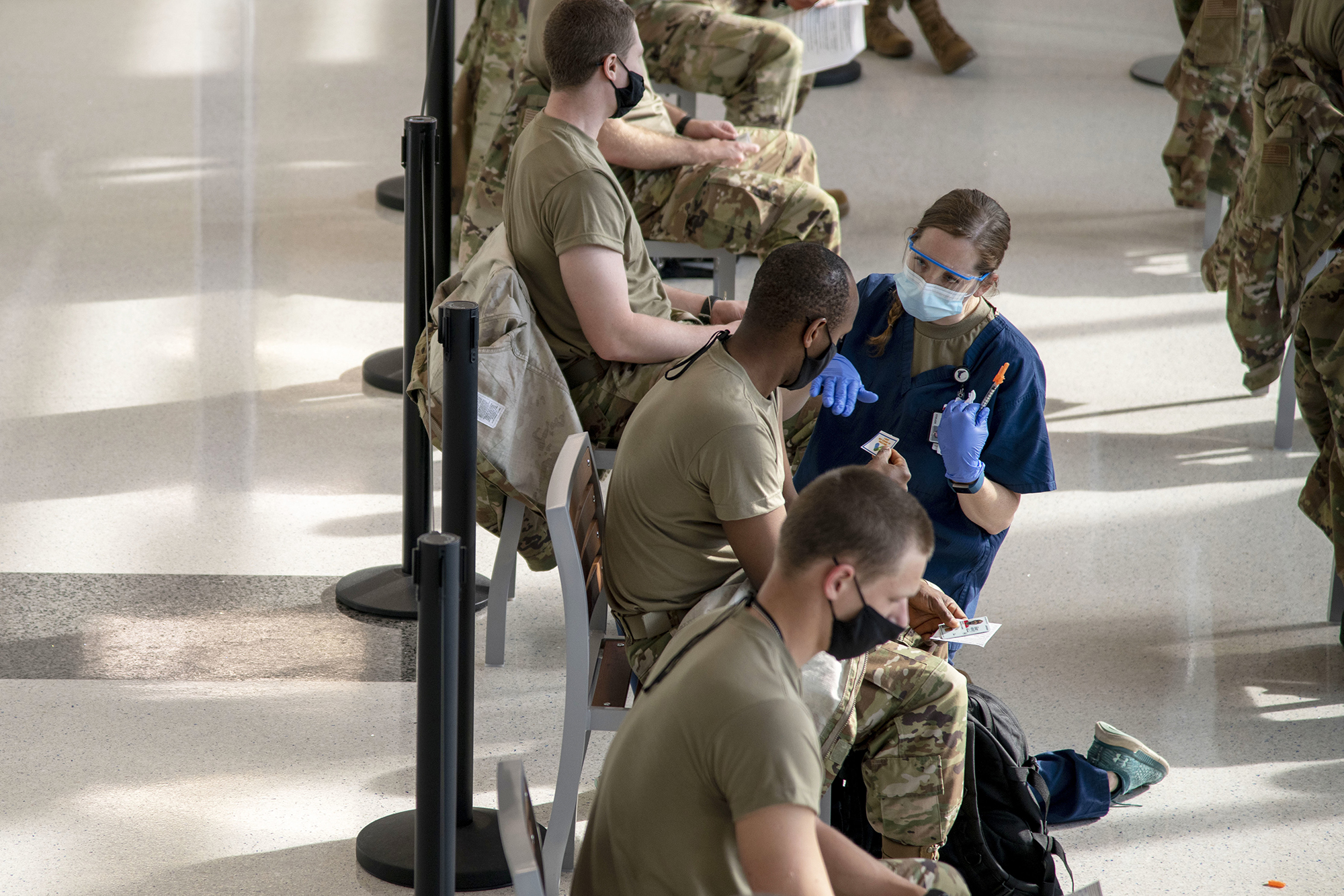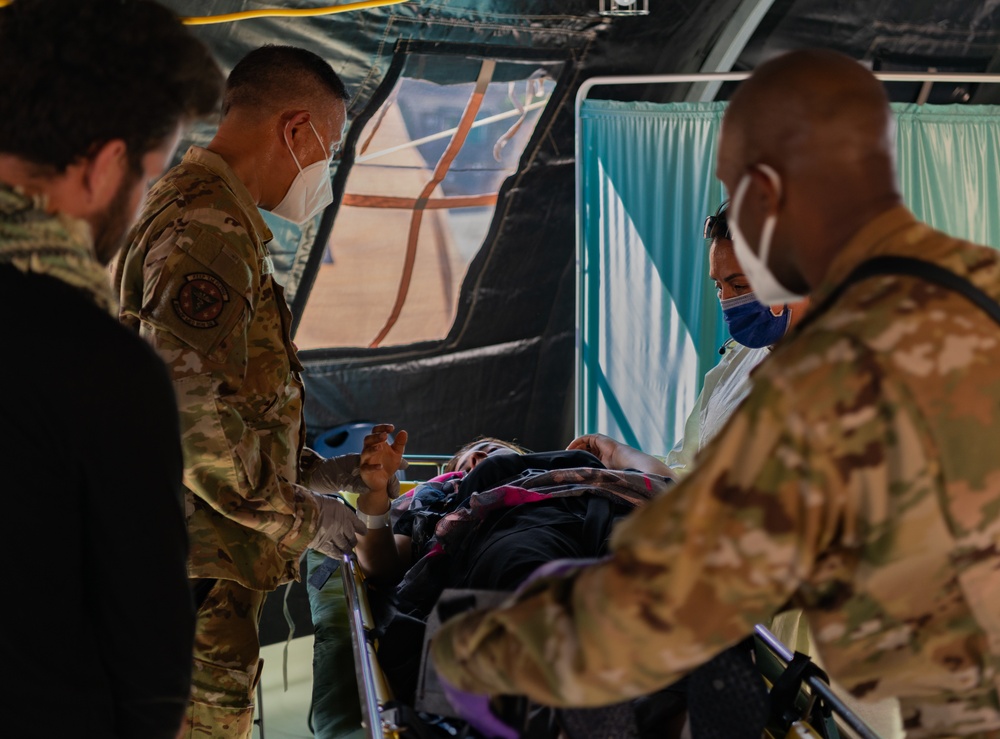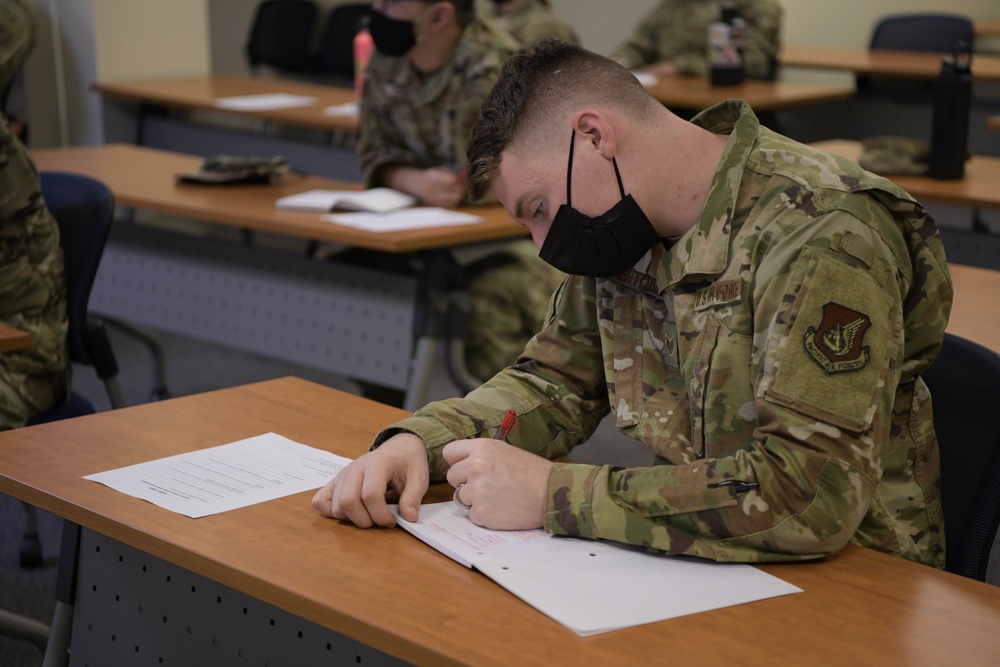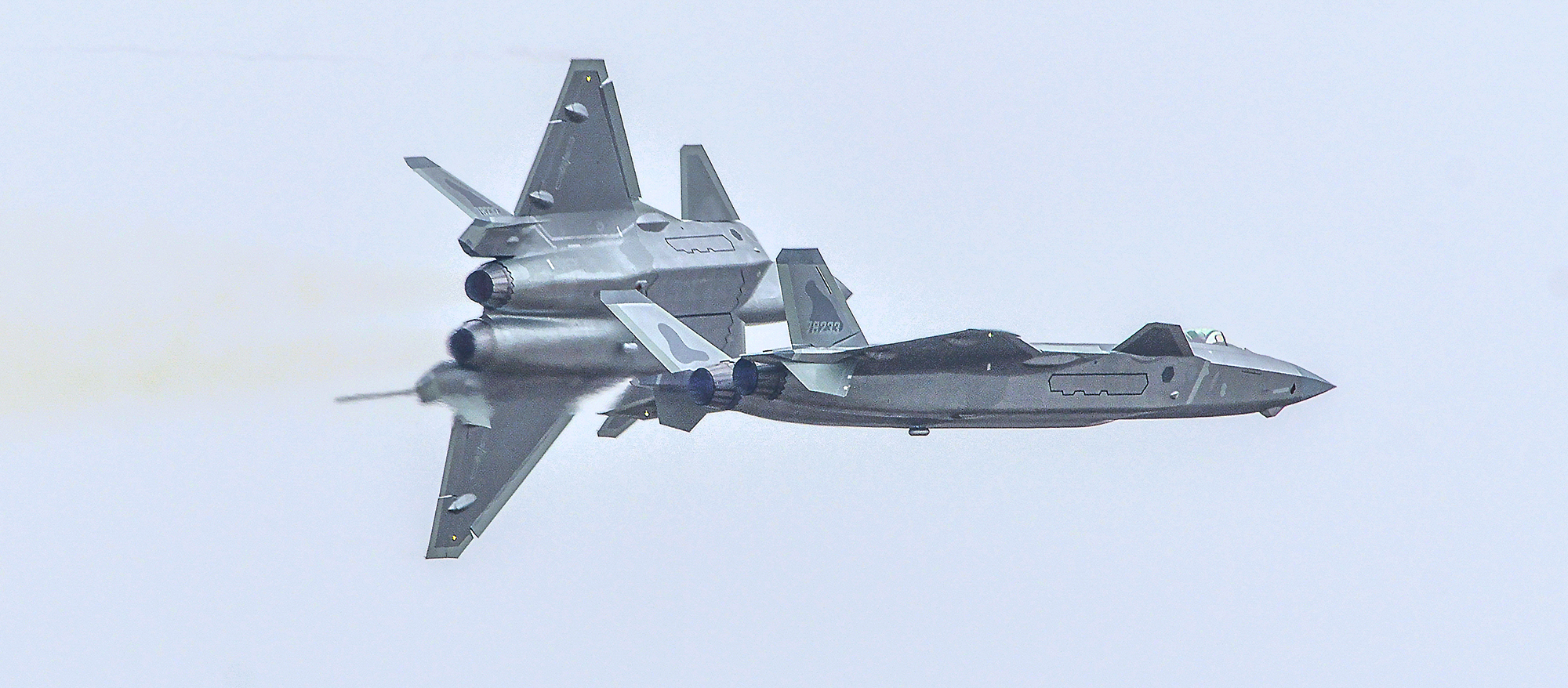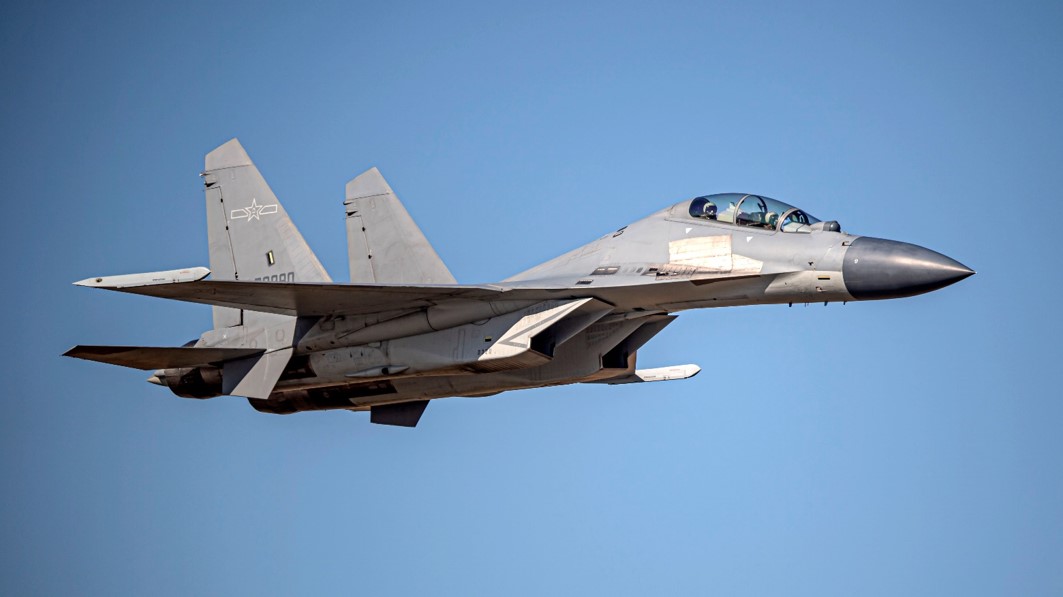The Air Force’s just-announced program to buy a new jet trainer is meant to support the “Reforge” overhaul of the fighter training enterprise put forward by Air Combat Command last year, but the program is in its earliest stage, and no timing for acquiring the airplane has been set, according to ACC.
“The platform desired is one that will meet the Initial Tactical Training platform requirements within the Reforge [concept of operations],” an ACC spokesperson said. Additionally, USAF is considering the option for it to be “an Adversary Air platform and [have] potential for growth/adaptation as a tactical surrogate.”
Air Force officials said a “tactical surrogate” could teach switchology and procedures to F-16 or F-35 pilots, for example, in a new aircraft in which the displays, possibly the controls, and the performance could be modified to simulate those fighters. The ACC spokesperson said the timing of setting a program to acquire the new aircraft will depend in part on the responses received to the request for information published Oct. 12, and no potential in-service date is yet available.
Service officials have suggested the Boeing/Saab T-7A Red Hawk could, like the T-38, fulfill both the advanced undergraduate pilot training as well as lead-in fighter training and aggressor sparring-partner roles, but the Air Force is exploring competition before settling on a particular type.
The service is “not limiting the aperture to any one platform” and is open to “any and all vendors that can meet the desired design,” the ACC spokesperson said.
The team of Lockheed Martin and Korea Aerospace Industries would likely be considered a contender for the program, as they competed strongly for the Air Force’s advanced trainer competition with their jointly developed T-50A. Air Combat Command is also looking at leasing T-50s, or a similar jet, to develop the Reforge concept while the T-7A completes development and ramps up production in a project known as the RFX. A Lockheed Martin spokesperson could not immediately comment on the company’s plans to respond to USAF’s new request for information.
ACC put forward Reforge—short for “Rebuilding the Forge”—last year as the command’s planned overhaul of the fighter pilot training enterprise. It would consolidate some phases of pilot training and shift some instruction, previously done at receiving fighter training units, back to the undergraduate pilot phase. The goal is to accelerate the time needed to “grow” a flight lead—a fighter pilot who is qualified to lead a two-ship formation—by up to 18 months and free up some frontline fighters now held for training back to combat status.
The Reforge concept was suggested in part by the T-7A’s advanced capabilities. The jet will be able to simulate, onboard, many of the visuals and procedures a pilot would experience in a frontline fighter. Air Education and Training Command has said it does not plan to operate the T-7A as it did the T-38, given that it can do more with the T-7A. The Air Force is not yet sure if the 351 T-7As on order will be enough to make Reforge work; it has options for at least 100 more. Neither ACC nor AETC have discussed whether they will develop a similar program for bomber pilots.
The capabilities the Air Force said it’s looking for in the new Advanced Tactical Trainer echo those of the T-7A, although the Boeing airplane does not yet have external hardpoints, which USAF said it wants to be able to carry training rounds, data pods, electronic warfare gear, and extra fuel. The jet does have the simulation and playback capabilities ACC wants, and a ground simulator for the T-7A already exists; it could be modified to support new missions.
The Reforge concept reduces the time needed to mature newly minted pilots in part by eliminating some of the change-of-station transitions they would otherwise have to make, each incurring lengthy out-of-cockpit delays and loss of momentum in training. Drafts of the concept suggested that transitioning from instruction in the T-7A to a fighter-like variant of it would further smooth out those delays and accelerate training, because of the similarity of the aircraft.
The RFI said the Air Force wants at least 100 new jets in the Advanced Tactical Trainer role and may buy further lots of 50 aircraft, up to 200.
